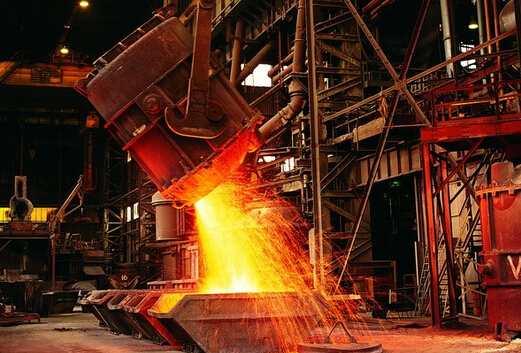
In addition to ductile iron and gray iron, vermicular iron and white iron are commonly used as cast iron alloys. Vermicular graphite cast iron is a new type of cast iron alloy between nodular cast iron and gray cast iron, which combines the excellent properties of nodular cast iron and gray cast iron; White cast iron is favored by researchers and manufacturers because of its high hardness and high wear resistance. Therefore, vermicular graphite cast iron and white cast iron will be prepared by means of vibration lost foam casting, the microstructure and properties of the vermicular graphite cast iron and white cast iron will be studied, and the feasibility of changing the graphite morphology of cast iron alloy by vibration solidification will be explored.
The effects of vibration frequency, sample bonding and molten iron treatment temperature on the microstructure and properties of vermicular graphite cast iron and white cast iron were studied. The following conclusions were obtained:
- Vibration makes the graphite morphology of vermicular graphite cast iron change from vermicular graphite to vermicular rudiment or flake graphite, and refines the primary austenite in the alloy. The higher the vibration frequency is, the more the content of medium axial grain in the primary austenite is, and the smaller the size is. Because the graphite in the vermicular graphite cast iron in the vibration lost foam casting changes from the worm like graphite without vibration to the vermicular rudiment or flake graphite, the hardness value of the alloy decreases.
- Higher treatment temperature of molten iron causes serious failure of Vermicular Agent in vermicular cast iron, which is not conducive to obtaining vermicular cast iron. Therefore, reasonable treatment temperature of molten iron should be selected to prepare vermicular cast iron.
- The wall thickness of the sample is the key factor affecting the alloy casting. Under the same alloy composition and pouring conditions, the sample with smaller wall thickness has less burning loss of the vermicularizing agent and more residual magnesium and rare earth elements. The vermicular graphite is spheroidized, which reduces the vermicular rate of the alloy and increases the content of spherical graphite in the cast iron. However, in the samples with large wall thickness, the vermicularizing agent was burned seriously, which increased the precipitation of vermicular graphite and the vermicular rate of vermicular graphite cast iron.
- The feasibility of controlling graphite morphology of cast iron by vibration solidification was analyzed by means of thermodynamics and dynamics. The graphite morphology of cast iron alloy lost foam casting parts can be properly controlled by combining appropriate vibration solidification with lost foam casting process parameters.
- Compared with the lost foam casting white cast iron without vibration, the primary austenite grain size of the lost foam casting white cast iron with vibration is smaller, the pearlite content is more, and the ledeburite content is less, which makes the hardness value of the lost foam casting white cast iron with vibration lower than that of the lost foam casting white cast iron without vibration.
- With the increase of sample wall thickness, the primary austenite grain of lost foam casting white cast iron is obviously coarsened, the content of pearlite decreases, and the content of ledeburite increases. The hardness of white cast iron increases with the increase of sample wall thickness.
